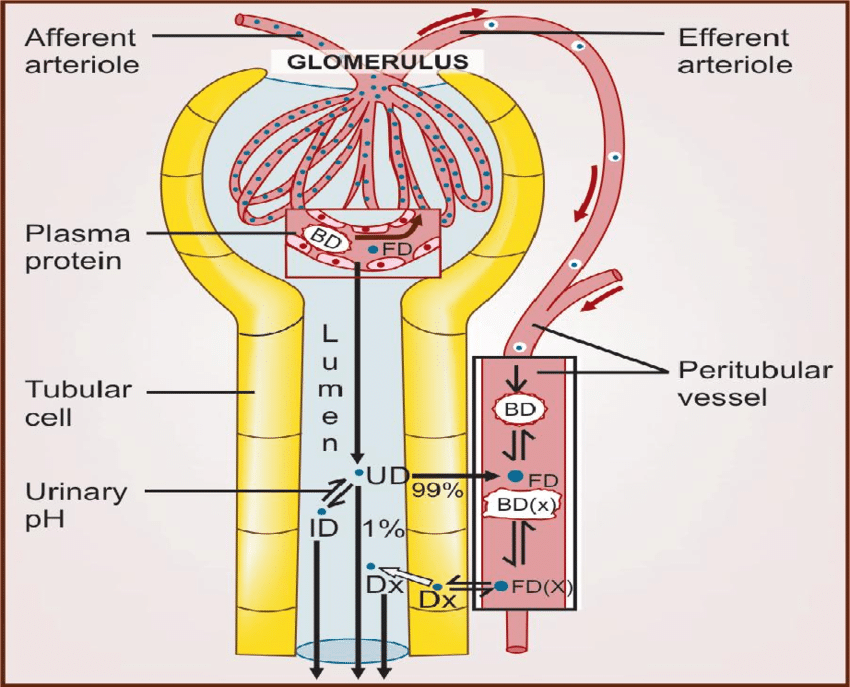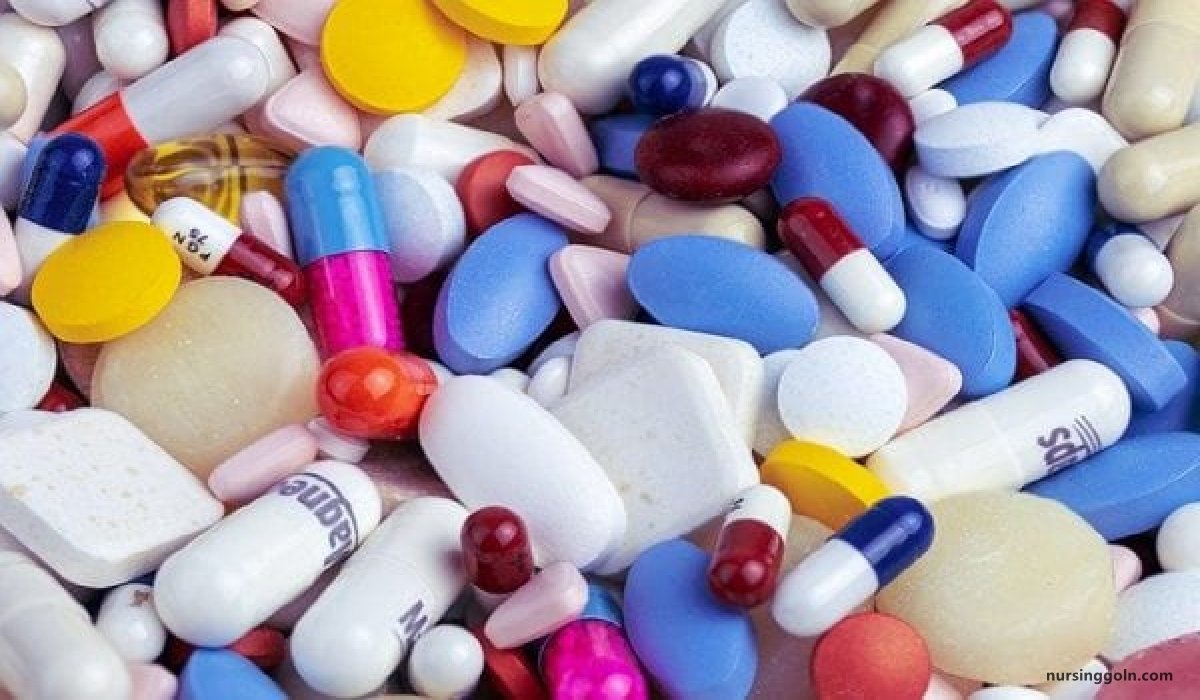Elimination of Drug/ Excretion of Drug – This book covers the entire syllabus of “Pharmacology” prescribed by BNMC- for diploma in nursing science & midwifery students. We tried to accommodate the latest information and topics. This book is an examination set up according to the teachers’ lectures and examination questions.
At the end of the book, previous questions are given. We hope in touch with the book students’ knowledge will be upgraded and flourish. The unique way of presentation may make your reading of the book a pleasurable experience.

Elimination of Drug/ Excretion of Drug
Elimination of Drugs/Excretion of Drug
Removal of the drug and its metabolite from the body is known as drug excretion. The main channel of excretion of drugs is the kidney, others include lungs, bile, faeces, sweat, saliva, tears, milk, etc.
Routes of Drug Elimination:
The main two routes of drug elimination are kidneys and liver. Various sites of drug elimination:
| Route | Example |
| Renal elimination (main route of excretion): nearly all drugs except those bound to plasma protein |
|
| Hepatic elimination: elimination occurs via Biotransformation of parent drug to one or more |
|
| metabolites, or excretion of unchanged drug into the hile or both |
|
| Pulmonary elimination |
|
| Faecal elimination |
|
| Sweat |
|
| Saliva |
|
| Breast milk |
|
| Hair and nails |
|
Renal Excretion
Renal Excretion:
The kidney is responsible for excreting all water soluble substances. The amount of drug or its metabolites ultimately present in urine is the sum total of glomerular filtration, tubular reabsorption and tubular secretion.

Kinetics of Elimination:
➤ Drug elimination is the sumtotal of metabolic inactivation and excretion.
➤ Drug is eliminated only from the central compartment (blood) which is in equilibrium with peripheral compartments including the site of action.
➤ Depending upon the ability of the body to eliminate a drug, a certain fraction of the central compartment may be considered to be totally ‘cleared of that drug in a given period of time to account for elimination over that period.
Clearance
Clearance (CL) of a drug is defined as that fraction of the apparent volume of distribution from which the drug is removed in unit time.
Or,
The clearance of a drug is the theoretical volume of plasma from which the drug is completely removed in unit time.
CL Rate of elimination/C
where C is the plasma concentration.

Therapeutic Drug Monitoring:
Monitoring drug therapy by measuring plasma concentration of a drug is known as therapeutic drug monitoring (TDM).
Indications of TDM
1. Drugs with narrow therapeutic index, e.g. lithium, digoxin, phenytoin, aminoglycosides, etc.
2. Drugs showing wide inter individual variations, e.g. tricyclic antidepressants.
3. To ascertain patient compliance.
4. For drugs whose toxicity is increased in the presence of renal failure, e.g. aminoglycosides.
5. To check bioavailability.
6. In patients who do not respond to therapy without any known reason.

TDM is not required in the following situations:
1. When clinical and biochemical parameters are available to assess response:
- Blood pressure measurement for antihypertensives. anamme si voitas.
- Blood sugar estimation for antidiabetic agents.
- Prothrombin time, aPTT and International Normalized Ratio (INR) for anticoagulants.
2. Drugs, producing tolerance, e.g. opioids.
3. Drugs whose effect persists longer than the drug itself, e.g. omeprazole.
4. If therapeutic drug monitoring is expensive.
Read more:
